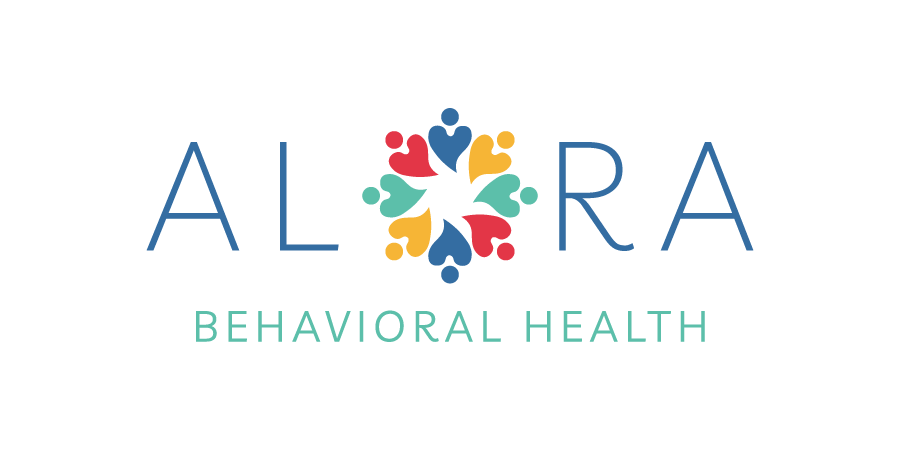New notebooks, sharpened pencils, and a packed lunch may signal back-to-school readiness—but emotional preparation is just as important. As families check off supply lists, it’s easy to overlook the transitions happening below the surface. Especially for children receiving ABA therapy, the return to school often brings big changes to routines, environments, and social expectations.
Whether your child is starting school for the first time or returning after summer break, this time of year can stir up excitement, uncertainty, and everything in between. Emotional preparation helps create a smoother, more confident start—and that starts at home.
School Transitions Can Be Tough—And That’s Okay
For children who thrive on structure, changes to routine (like new classrooms or teachers) can feel disruptive. Even positive transitions can create stress. You may notice:
- Increased anxiety or clinginess
- Sleep disruptions
- More meltdowns or emotional outbursts
- Regression in some skills
These are common signs that your child is adjusting—and your support can make a meaningful difference.
Start the Conversation Early
Even young children benefit from knowing what to expect. Talking about school in a calm, encouraging way helps set the tone. You can say things like:
- “You’ll have a new classroom this year. Let’s look at some pictures together.”
- “Your school day might feel a little different, but I’ll be here to help you get ready.”
Social stories, visual schedules, or school visits (if available) can help children mentally rehearse what’s to come.
Rebuild Structure Before the First Day
If summer routines were more relaxed (and that’s okay!), gradually reintroducing school-like structure can ease the transition. A few ideas:
- Shift bedtime and wake-up times to match the school schedule
- Practice the morning routine (getting dressed, brushing teeth, packing lunch)
- Introduce quiet “focus time” during the day to mimic classroom expectations
This helps your child feel more confident when school starts, and gives you a chance to troubleshoot any sticking points early.
Partner with Your Child’s BCBA
Your child’s ABA team can help prepare for back-to-school in specific, personalized ways. Ask your BCBA about:
- Strategies for managing morning transitions
- Practicing school-related social skills (like following group instructions or raising a hand)
- Supporting independence with tasks like backpack organization or asking for help
They can also communicate with teachers if appropriate, helping bridge support between therapy and the classroom.
Emotional Readiness Over Perfection
Back-to-school doesn’t have to go perfectly to be successful. Focus on emotional readiness rather than getting everything “just right.” Some helpful reminders:
- Validate your child’s feelings. It’s okay to be nervous or unsure.
- Celebrate small steps, like walking into the classroom or saying goodbye at drop-off.
- Offer reassurance that school is a safe, supportive place—and that you’re always in their corner.
Make Time for Connection
The start of school often brings full calendars and busy mornings, but emotional connection matters more than ever. A consistent moment of connection—even five minutes during the morning routine or before bed—can help your child feel grounded.
Ask open-ended questions, share a hug, or talk about what they’re proud of that day. These moments build trust and help ease anxiety.
You’re Preparing Too
This season isn’t just about your child—it’s a transition for you, too. If you’re feeling overwhelmed or emotional, that’s valid. Supporting your child’s emotional well-being starts with caring for your own.
Connect with your support system, talk to your child’s care team, and remember: You’re not alone in this.
Final Thoughts
Back-to-school prep goes beyond new supplies. Emotional readiness is just as important—sometimes even more so. By building routines, offering support, and partnering with your child’s therapy team, you’re helping them take confident steps into the school year.
It doesn’t need to be perfect. It just needs to be supported, patient, and filled with care. And you’re already doing that.
